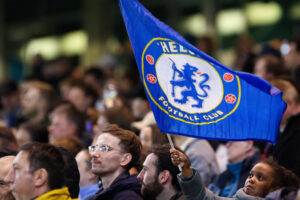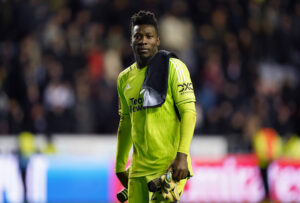Two weeks into the Gunners new chapter, the team looks fairly similar to the squad that disappointed last season.
Shkrodan Mustafi is making the same rash mistakes, Hector Bellerin is getting higher than the state of California, and Granit Xhaka looks – well, like Granit Xhaka. And that’s exactly the issue.
Wenger Out, Emery In, and Arsenal in Limbo
On their day, Arsenal are a frightening attacking force – capable of missing three sitters in the box, and still netting a pair in just 45 minutes – but their teeth are no sharper, their claws no deadlier, than they were last season or the one before that.
In the past three seasons, Arsenal have scored 216 goals and earned 209 expected goals. Only City, Liverpool, and Spurs boast higher goal totals, and only City a higher expected goals total.
For all Arsenal’s changes, things feel the same.
Without the ball, the team looks exactly as it has before: porous, caught between pressing and dropping off; and no matter which they chose easily beaten.
It is, perhaps, unfair to have assumed the start of the season would look any different from the end of last. A debut fixture against centurion champions followed by an away fixture that has haunted the team for a better part of a decade would have challenged even Arsène Wenger; Unai Emery came into the team in late May, the World Cup dominated the summer, and in the end, change takes time.
Guendouzi is the Change the Gunners Needed
For that time to matter, changes need to happen. Matteo Guendouzi has been one of those changes, and although the 19-year-old from Ligue 2 has been tossed into the fire, he’s managed to come out looking no worse for wear.
There is a youthful exuberance about the young French midfielder, a keenness to attack the ball, to win it back, and to launch it the up field. He has shown his inexperience – particularly against Manchester City – but Guendouzi brings an energy to the Arsenal midfield that simply isn’t there from the established internationals he has usurped to join the starting XI.
Against Chelsea, Guendouzi completed 46/49 (93.9%), including 4/5 long passes. He notched eight ball recoveries, and four interceptions. Against City, where he struggled, he still managed six ball recoveries, four interceptions and led the team in passes.
In Guendouzi, Arsenal have a player who is different, who brings answers – and problems, but new problems – to the midfield; they have a spark.
It’s a spark that can be replicated.
Guendouzi to Geneva and Beyond
In limited minutes, Stephan Lichsteiner provided a similar spark, albeit in a much more traditional sense. Lichsteiner’s no-nonsense, clattering brand of football was one of the few bright spots against Manchester City, and desperately missed against Chelsea; in a game the begged for a structure on the flanks – particularly the right-hand side – there was none.
A lack of communication between Bellerin and Henrikh Mkhitaryan, and poor positioning from the pair lead to a pair of goals – including the late winner – and a glorious chance for Olivier Giroud; who was only denied by one of Petr Cech’s many impressive stops on the day.
It begs the question what happens with a more experienced defender in the place of Bellerin? It’s no secret Lichsteiner lacks the offensive creativity that Bellerin brings, but for a side attempting to decipher a new style, and adapt to a new manager, a player free of the previous system may be exactly what the team needs.
The process of switching managers is complex, and the time it will take before Arsenal are playing the kind of football Emery wants is lengthy, but avoiding mistakes of the past could help ease the transition to the future – and it begins with starting some of the club’s new faces.
Main Image:
Embed from Getty Images






